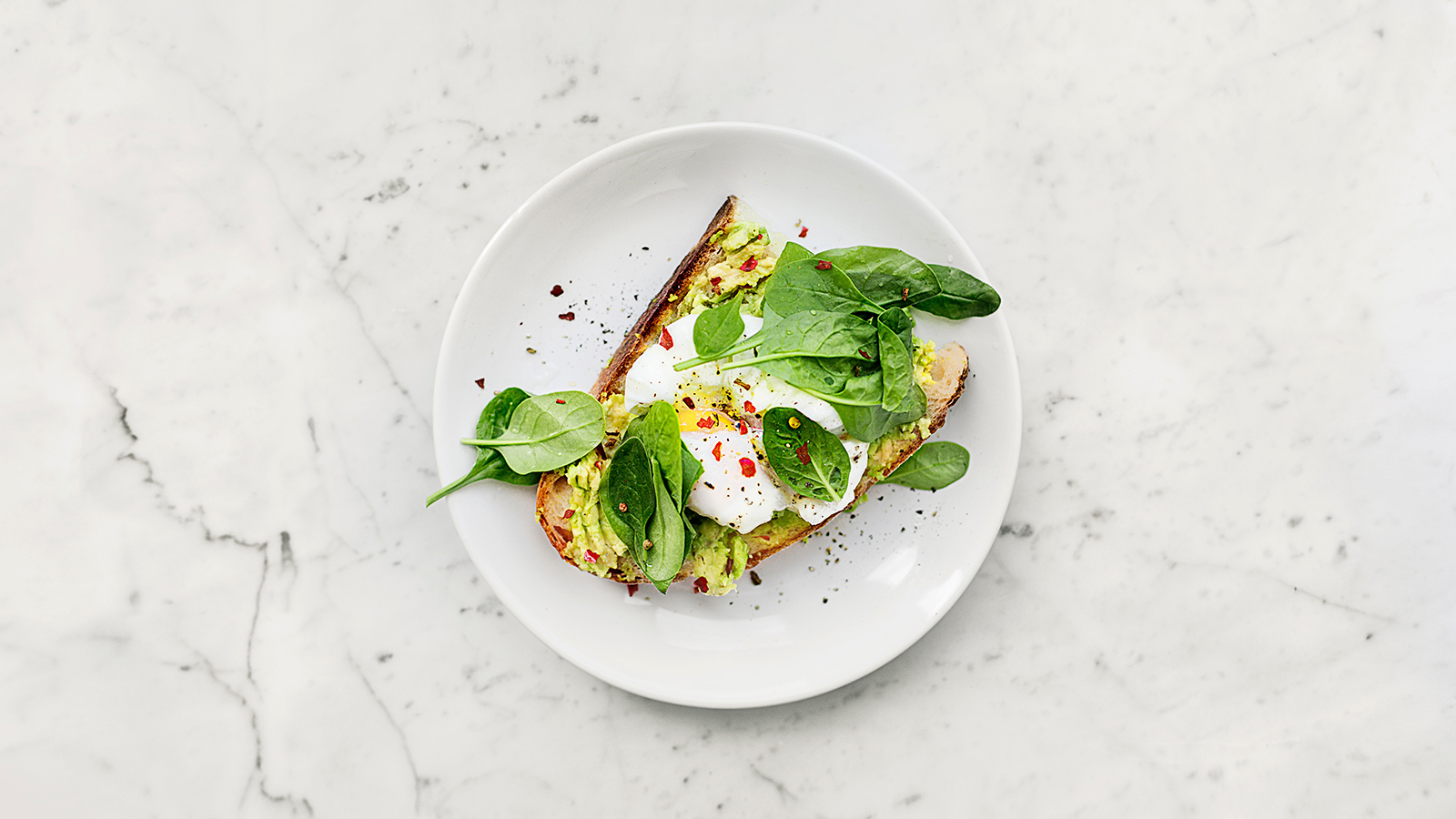Menu and Food Presentation
So far, we’ve covered two parts of this five-part series, SERVICE and LABOR. Today for part III, we will be covering MENU and FOOD PRESENTATION. When we evaluate a restaurant, the science of menu offering, configuration and analysis is often overlooked by the F&B leadership. It is as if the chef creates the menu and tells the manager – “Put it on paper and run with it.” The choice of menu items, placement of items on the menu, and analysis of their effectiveness should be viewed with the same importance as Gaming manages the choice of machines, location where they are placed on the floor, and analysis of how each performs and adapting accordingly.
Ask yourself the following questions first:
- Does the menu reflect the “concept” or theme/style of the restaurant?
- Is it easy to read and menu pricing clearly defined?
- Are there brief descriptions on the menu to help the guest know either how it is prepared or the core ingredients to entice ordering?
- Is there a balance of items that gives the guest a choice of options?
- Is there correct spelling of items and proper grammar used throughout?
- Are there enough items to choose from?
- Are there too many items on the menu, so that it is confusing to the guest or the kitchen will not be successful in controlling food costs and waste?
- Is there an appropriate range of pricing, and is the pricing congruent with both local competition and cost margins?
- Is the menu clean, and does the presentation feel appropriate to the dining experience (e.g. paper for a deli, but leather books for a high-end steak restaurant)?
- Are all the items listed available?
- How are substitutions and dietary concerns handled, either on the menu or with the server when you order?
- When the food arrives, does it match what you read or were sold by the server?
The second step is consistent presentation of the plate
Presentation should be based upon what was ordered and precise recipes that have been costed out by the chef and validated by accounting and the F&B Director:
Each menu item is costed out per ingredient, with pictures and recipes on-hand for all shifts and varying culinary team preparation.
Portion control has been implemented for standard menus and consistent food cost measures.
Finally, a proper menu analysis
This is done for a minimum of one to three months per outlet, per meal period to validate which items are your “Stars,” which items need to be modified (those items that are contributing a good margin but not selling, or selling well but aren’t contributing, and thus need to be modified in presentation, recipe cost, sales price, or hand-selling), and which “Dog” items need to be removed completely. The physical location on a menu may also have an impact on how an item is ordered by your guests.
These first three points, SERVICE, LABOR and MENU, are clear areas for constant focus and improvement. In the fourth article of this series, I will focus on COSTING and WASTE, which will take the analysis described above into further detail and beyond.


